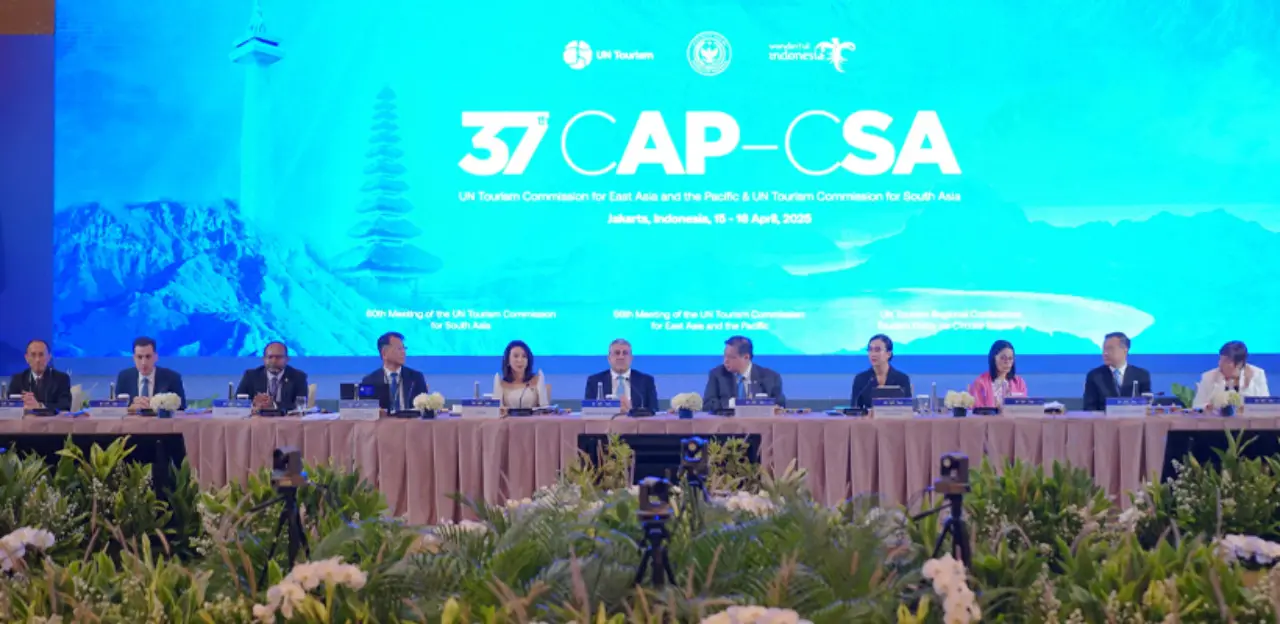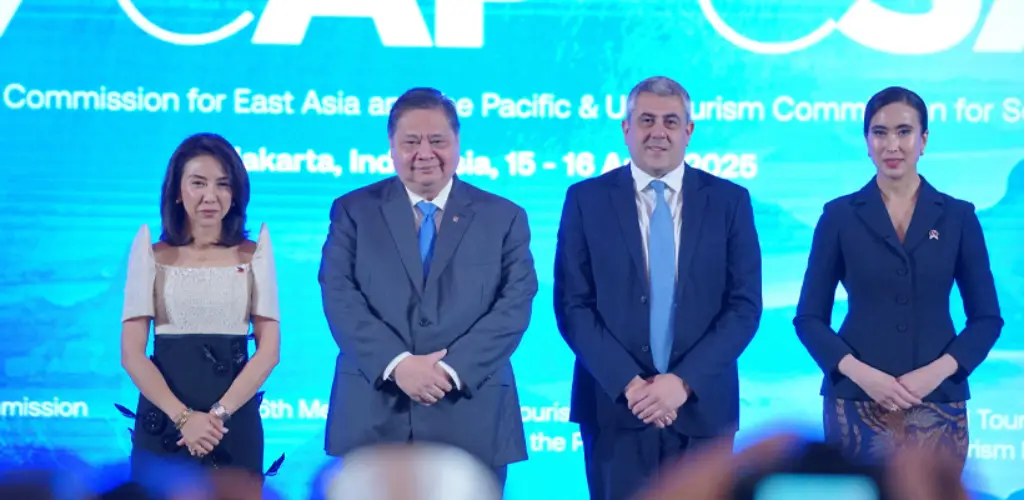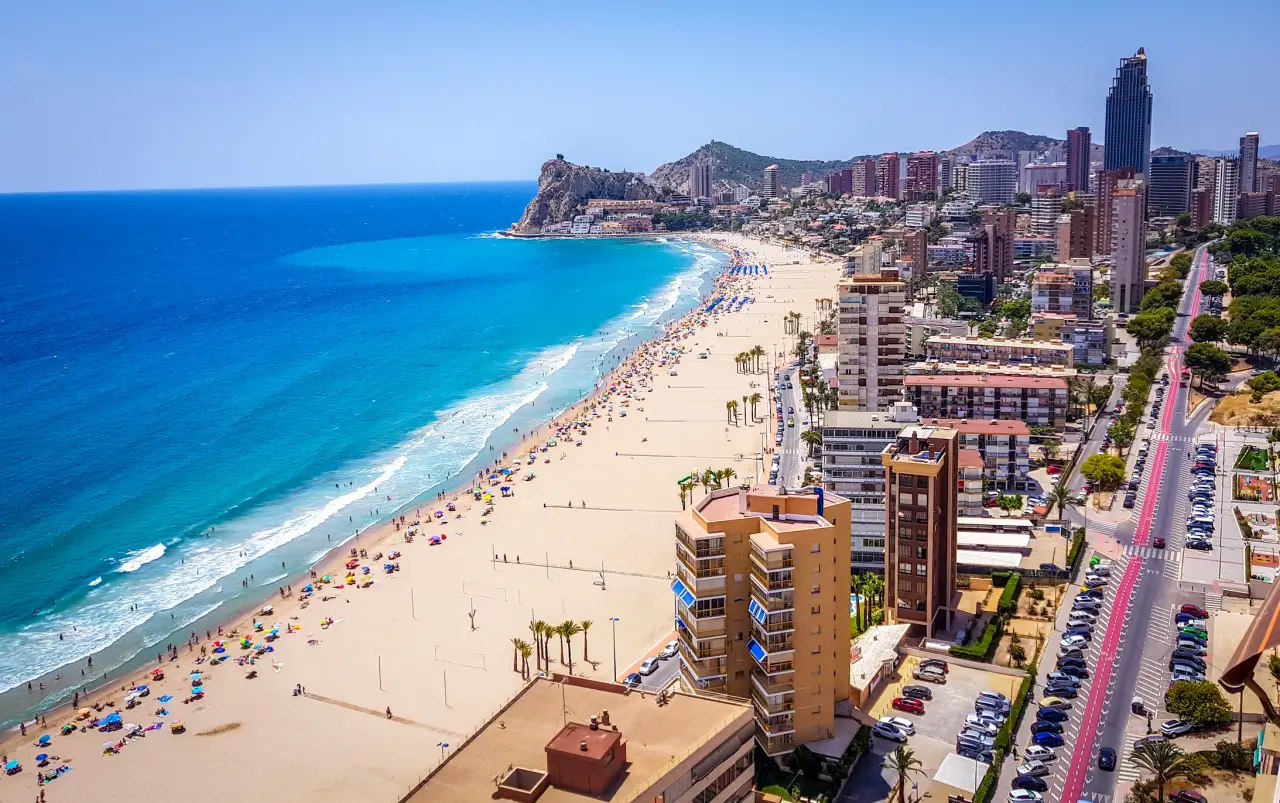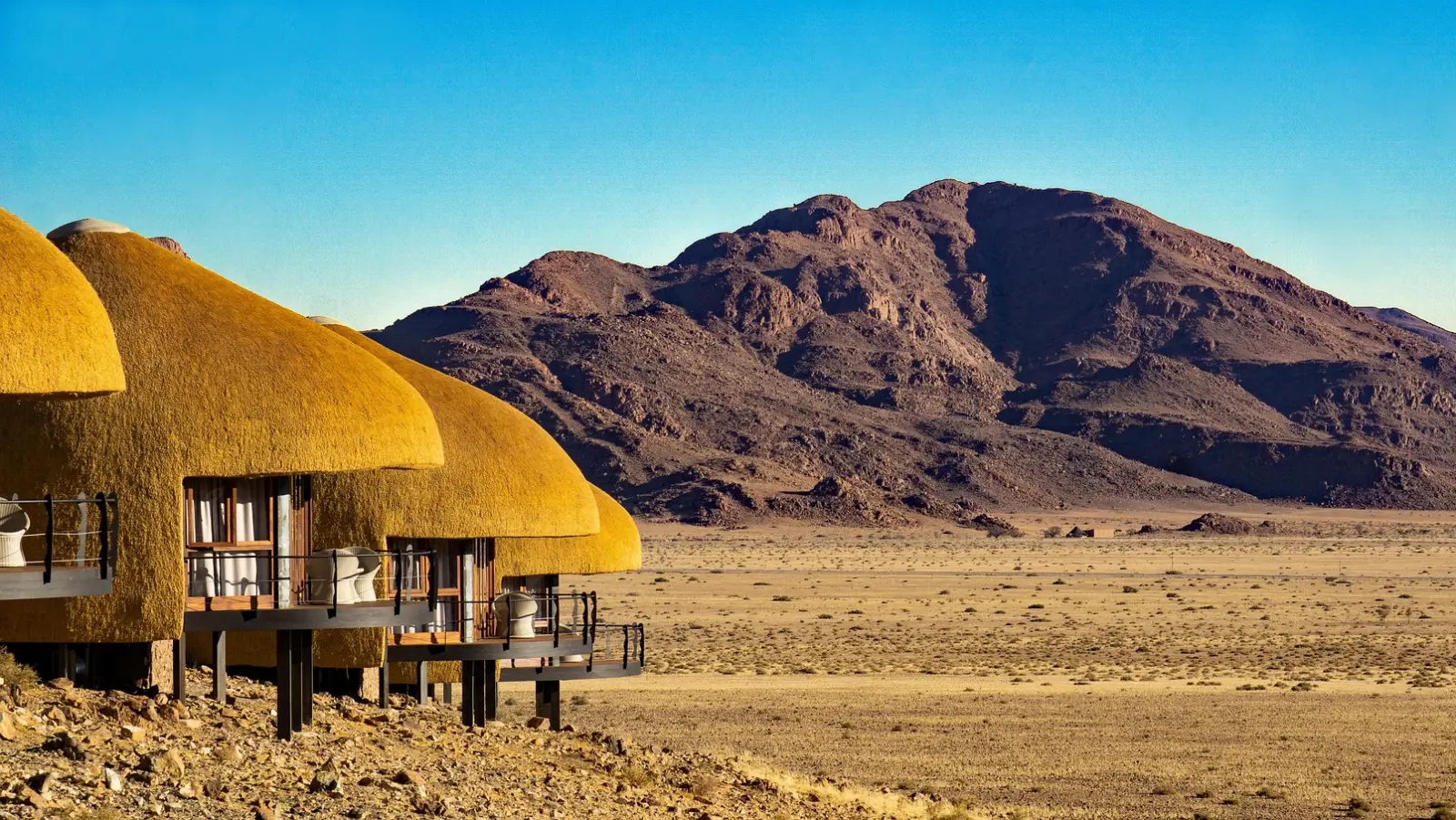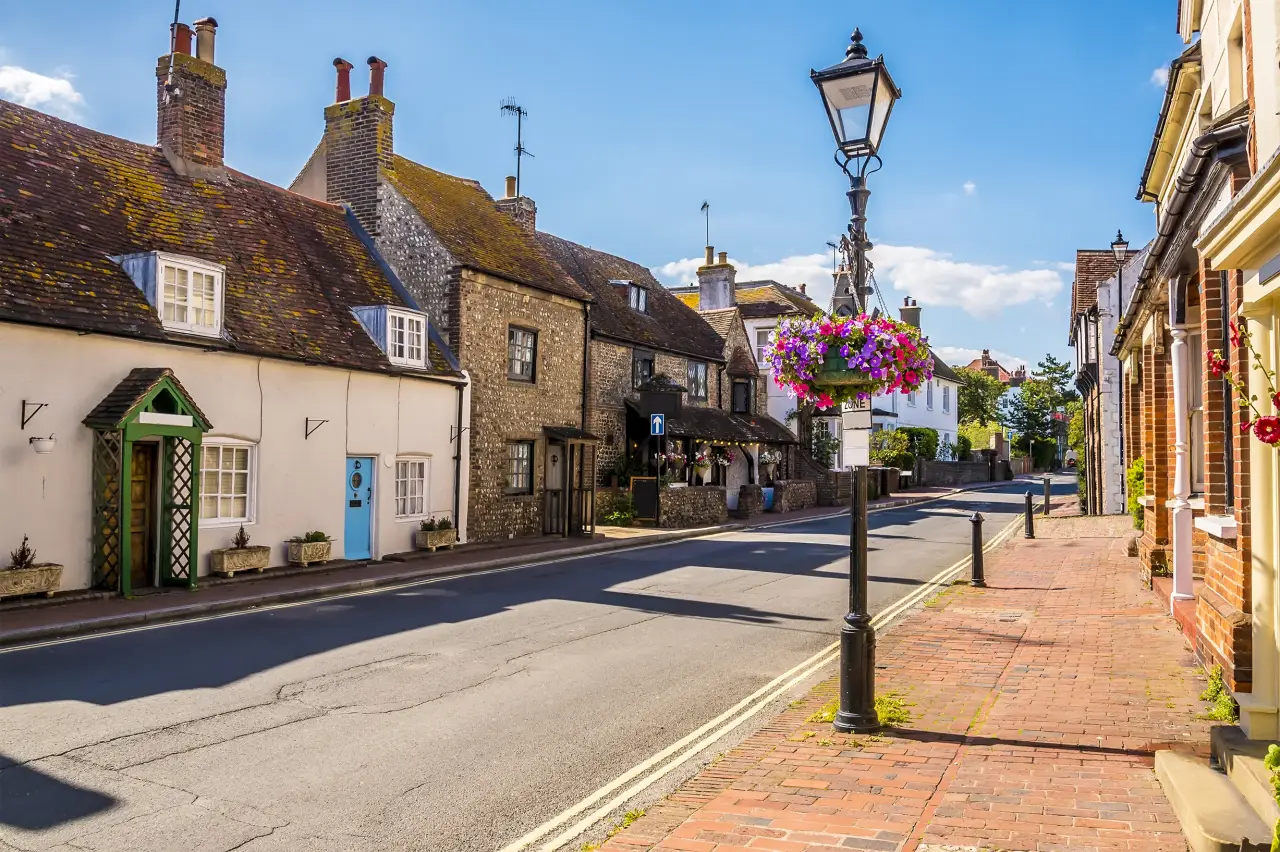Asia’s tourism industry is showing strong signs of recovery as UN Tourism brings member countries together to focus on building a greener, more resilient future for the sector. At a joint meeting of the Commission for Asia and the Pacific and the Commission for South Asia, held in Jakarta, 17 countries were represented in a strategic push to guide the region’s tourism growth beyond recovery and toward sustainability.
According to UN Tourism’s data, after an initial slow recovery from the impacts of the pandemic, Asia and the Pacific has been rapidly returning to full strength. In 2024. Destinations in the region welcomed 316 million international arrivals between them, equivalent to 87% of pre-pandemic numbers, and up from 66% at the end of 2023. South Asia saw the best results by sub-region, with a 92% recovery, and the Maldives posted the highest growth in the region, welcoming 20% more tourists than in 2019, followed by Japan, with 16%, Fiji with 10%, and Sri Lanka with 7% more compared to 2019. The Commission’s host this year, Indonesia, welcomed 13.9 million tourists in 2024, recovering 86% of 2019 levels.
In Jakarta, Member States were updated on the progress being made in guiding the sector’s development in the region. The Secretary-General’s Report outlined progress made over the past year, most notably in the priority areas of Tourism Insights, Knowhow, Investments and Innovation, Education, and UN Tourism’s support on the ground for its Members.
UN Tourism Secretary-General Zurab Pololikashvili said: “Our shared priorities will lay the foundations for a more resilient and sustainable tourism sector for Asia and the Pacific. At the heart of it all, however, is innovation and youth empowerment through training and education. Asia and the Pacific is one of the most dynamic regions on Earth. It is a hub of digital transformation, new ideas and innovators. And the future looks very bright indeed.”
Investing in a resilient future
Between 2018 and 2024, Asia and the Pacific attracted over 640 greenfield tourism projects, worth a collective US$66 billion, and equivalent to more than one-third of global capital expenditure in tourism-related investment.
In Jakarta, UN Tourism made clear the need to further increase investment and direct FDI towards projects with the potential to enhance sustainability and boost resilience. Within the framework of the Commission meetings, UN Tourism hosted a first Regional Conference on “Tourism Policy on Circular Economy”, uniting public and private sector leaders to focus on key challenges including reducing waste, enhancing resource efficiency and rethinking supply chains across the sector. The Secretary-General also made clear intentions to keep enhancing the work of the Regional Office for Asia and the Pacific in Nara, Japan, working towards strengthening this office as a hub for a wide-reaching Tourism Resilience Programme.
Hand-in-hand with boosting investments in resilient infrastructure, UN Tourism is also guiding investment in people in the region. Education and human capital development is a key priority, with Member States updated on progress in this area. This includes the development of a first Co-branded Master’s in Tourism Management with Beijing International Studies University, with 15 full scholarships awarded annually, as well as a co-branded Master’s in Digital Marketing and Analytics with the Macao University of Tourism.
Next Stops: Malaysia and Beyond
Looking ahead, Malaysia will host World Tourism Day 2025, continuing the region’s momentum. Meanwhile, newly elected representatives from across Asia and the Pacific will take on leadership roles within the UN Tourism General Assembly and Executive Council. The Philippines and Maldives will serve as Vice-Presidents for the General Assembly, while Japan, Fiji, India, Bhutan, Iran, and others take on key positions in sub-regional commissions.
Asia’s tourism industry is not only recovering—it’s evolving. As sustainability, technology, and talent shape the region’s tourism strategies, it’s becoming clear that this part of the world is not just bouncing back but leading the way in reimagining what global travel can look like.

